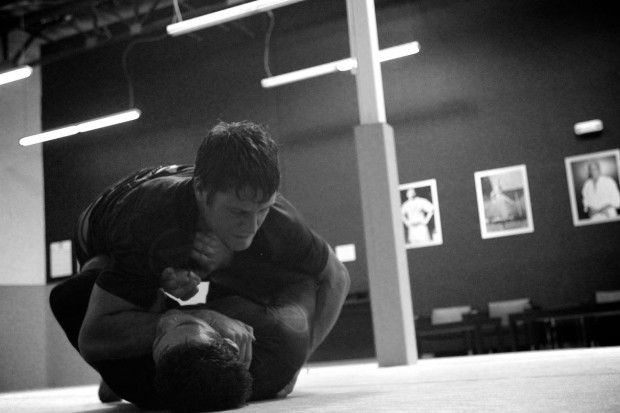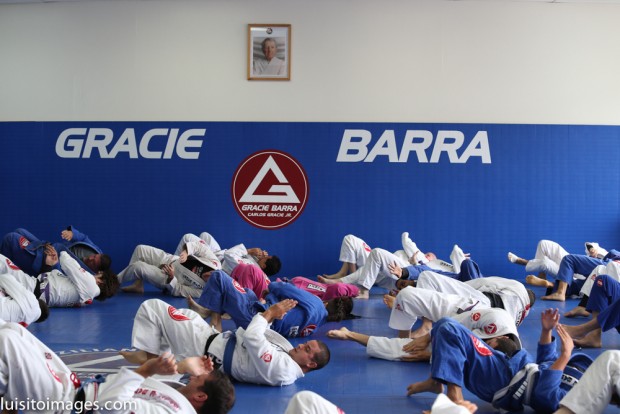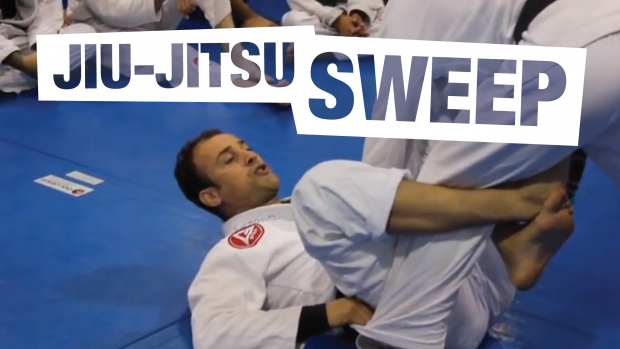4 Things That Make Your Bjj Instructor Happy
Following the instructional portion of the bjj class, if three is no set positional sparring, most academies have a free rolling session. If the instructor is not rolling himself, he should be closely observing the rolls between the students.
One of the main purposes of the professor watching the rolls is to ensure safety during the spirited training sessions. The other is to is to watch the rolls with a critical eye to spot positions that the student may lack understanding of, see what the student is doing well which can allow the instructor to make adjustments to the students game.
Here are 4 makes your instructor happy to see during the rolls
1) Controlled submissions
During an adrenaline filled roll with one of your class rivals, it can be tempting to lunge for that armbar! Maybe if you don’t apply your kimura quickly, they will wriggle out and attack you. Crank it on before they can escape!
However, in that enthusiasm, the partner may not have sufficient time to recognize that they are in danger and tap early enough.
SNAP! POP! OUCH!
My own instructor (a master of the armbar!) taught me that the highest level of submission isn’t the fast and brutal locking of an armlock. Instead, the complete control over the opponent’s escape, the slow straightening out of the arm.
The opponent realizes they have no escape and no other option than to tap even before the joint is fully locked out.
Checkmate!
2) Technical escapes instead of bench pressing
Your instructor smiles when he sees a student who formerly would try to escape from bottom side control with a colossal bench press, now is using a technical escape. The professor notices the correct framing of the arms, the bridge and escaping of the hips to replace the guard.
Well done!
Substituting frantic defensive straight arm pushing in favour of shrimping and getting onto your side is a sign that the student is getting better! Remember, if you use a lot of strength in your bjj techniques, how is that likely to work for you when your opponent is both bigger and stronger than you?!
read also: The 5 Commandments Of Escaping from the BottomThe 5 Commandments Of Escaping from the Bottom
3) Using the techniques that we worked on in class recently
We must understand that our learning of jiu-jitsu involves a systemic progression of skills.
That we must first gain some level of proficiency of the fundamental techniques and later progress into more advanced positions.
Having a solid idea of where the level is of the group of students, the instructor strategically introduces certain techniques that are appropriate for the students level of development.
Your instructor loves it when he sees you attempt and land that sweep that we have been working on in class that week.
“See! That sweep REALLY WORKS!”
4) Partners experimenting with the techniques
After seeing today’s technique the two training partners go to their corner of the mat and start to drill the move. Instead of passively repeating the moves half-heartedly until the next move is shown, these two students have a different approach.
They are actively dissecting the technique. Playing with the variables.
“What do you feel like doing when I do THIS?”
“How would you try to escape here?”
“Does THIS grip feel stronger or does THIS grip feel better?”
This shows that the students’s minds are in the class and that they are really applying themselves to learn the technique.
read also: How To Work With Your Partner During Technique Portion of Class
Credits: Mark Mullen
Gracie Barra Black belt based in Asia
Twitter: @MarkMullenBJJ




